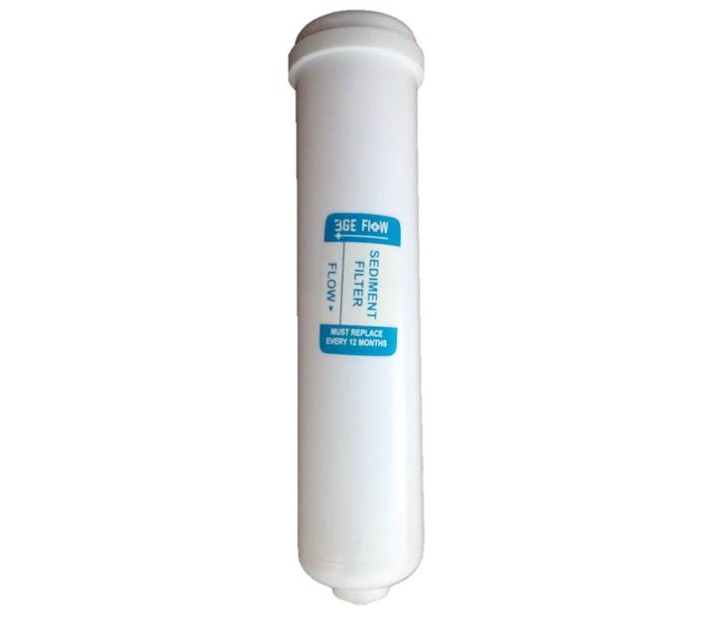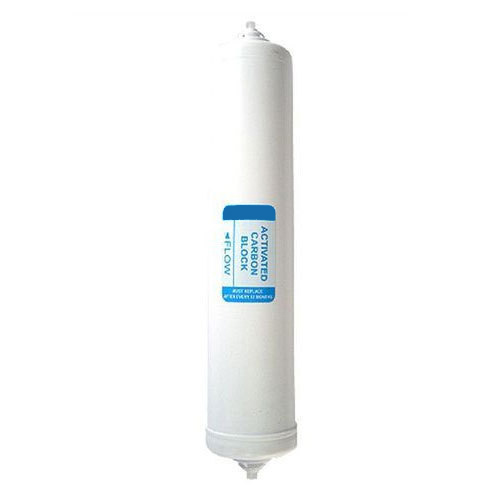Sediment filtration normally follows sedimentation or flotation as the final 'polishing' step in conventional water treatment. Conventional sand filtration is also termed rapid sand filtration to distinguish it from slow sand filtration as discussed below. Sand filtration is a simple process in which the water is allowed to filter through a layer of sand in a specially constructed container. In the filtration process the small remaining floc particles are removed by the sand grains and are retained in the bed of sand, while clean water flows out from the bottom of the sand bed.


An activated carbon filter (ACF) works on the principle of adsorption; filter medium adsorbs or reacts with a pollutant molecules then filtered water is drained out. Activated carbon which is used as medium to remove contaminants is natural material derived from coconut shell, lignite, bituminous coal etc. further, activated by chemical or steam under absence of oxygen with high temperature around 1000°C. Specific contaminants can be removed by employing blends of various carbons.
It absorbs bad taste and odour-causing organic compounds from water. The antiscalant filter chelates hardness from water to prevent scaling on membrane. It results in improved purification capacity and life of membrane. The post carbon filter takes care of the final stage of purification; it has silver impregnated in it which makes water tastier and crystal clear.
